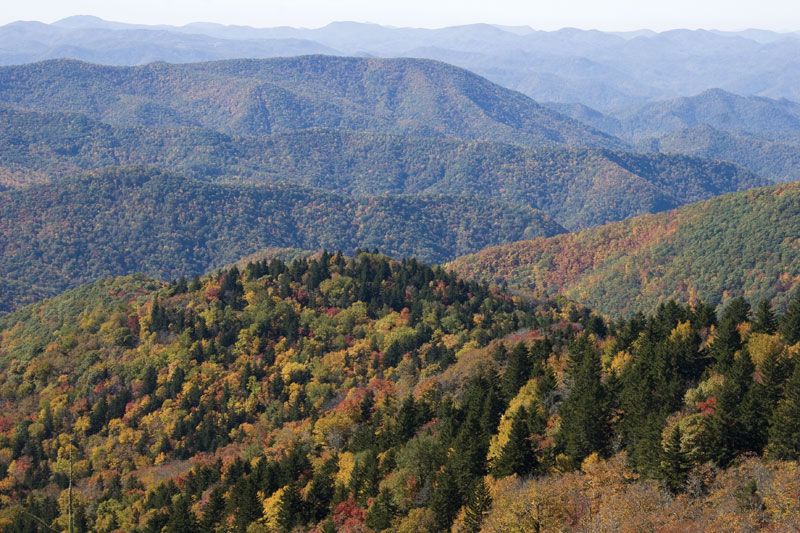The trees you have collected are not needle junipers, but eastern red cedar (juniperus virginiana). They make very poor bonsai subjects. Also, collecting trees ANY tree on land that you don't own requires permission. Railroad rights of way included. If you get caught stealing trees (and you are stealing--even if the trees are tiny), and trespassing in collecting trees for bonsai, you give ALL of us a bad rep. ASK before you help yourself, yeah even for those tiny trees "that nobody will miss." It's not about the size of the tree, it's about common courtesy and not giving people the idea that bonsaiists are a bunch of thieves/trespassers/vandals.
Off my soapbox...and on to another.
I have lived all over the U.S. I've lived in or near the Rockies, the Cascades, the San Francisco Peaks and the Santa Catalinas in Arizona, as well as the last half of my life in the Appalachians, specifically the Blue Ridge...All of those places have their own special feel. Comparing them is silly.
People visiting from Western states to the Appalachians always, ALWAYS, say stuff like "THESE aren't mountains. Come out West where real mountains are."
Whenever that happens, I have to smile to myself. People come at it like its some superiority contest. It's like New Yorkers moving to Nashville and bitching that the buildings are small and there are no decent bagels. For crying out loud, OF COURSE THERE AREN'T. IT'S NOT NEW YORK (or Colorado, ;-) ) It is a place unto itself with it's own special stuff. NYC doesn't have any decent country music dancehalls, bar-b-que, etc. Why not enjoy what is there, instead of complaining about what isn't and making it some kind of idiotic comparison that boils down to height?
The Appalachians are a fascinating place in themselves, that have many things that younger western ranges don't. For instance, the Appalachians are old, one of the oldest mountain ranges on the planet. They were part of China, 450 million years ago. They are among the most biodiverse places on earth, as well. The plants and animals there have close species relatives in mainland China. Back then they were higher than the Rockies and the Alps. What you're seeing now are what is destiny for those young peaks you think are the ultimate. They're also accessible, but in a lot of places very remote. Some of the higher ridges reach almost 5,000 feet and some of the westward-facing slopes and plateaus have biomes that animals and plants that are native to the artic tundra.
biodiverse 
